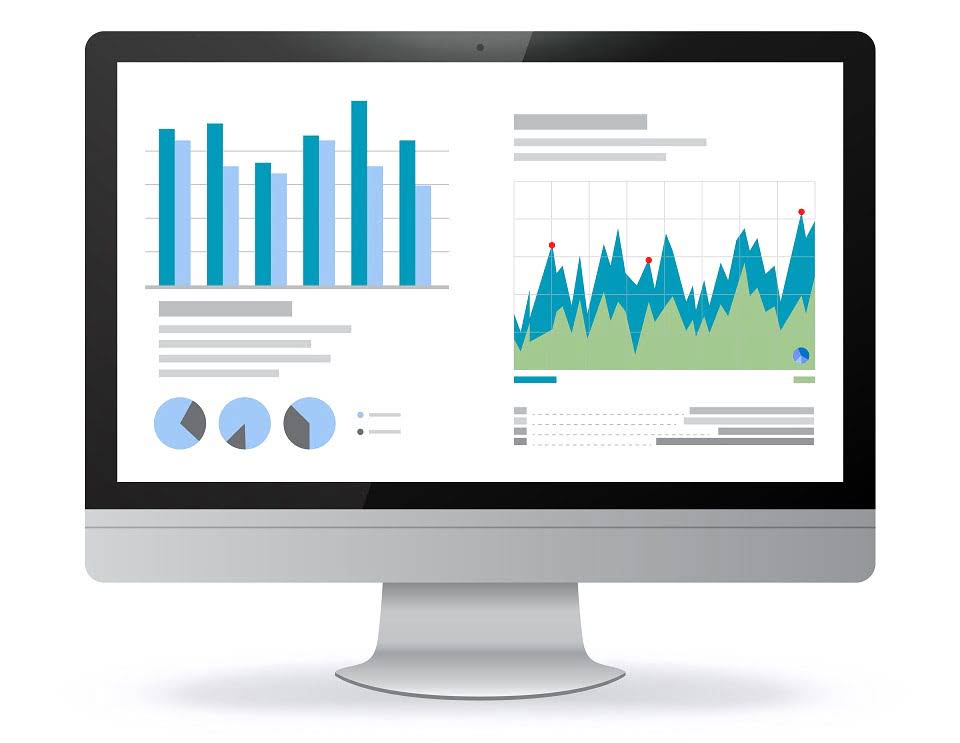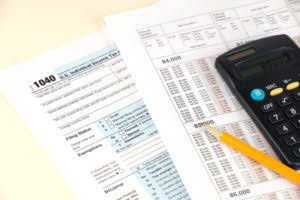
Tracking a company’s CCC over multiple quarters will show if it is improving, maintaining, or worsening its operational efficiency. The CCC considered the time required for the company to vend its inventory, gather accounts receivable, and settle its accounts payable. A shorter CCC is favorable because it shows the company has less cash tied up in its inventory and accounts receivable. The working capital cycle includes more accounts, but the cash conversion cycle includes the largest account balances in working capital. Most companies use the cash conversion cycle because accounts receivable, inventory, and accounts payable are the largest portion of working capital.

Cash Conversion Cycle: Definition, Formulas, and Example
Forecast your cash inflows from sales and your required cash outflows by month. Each month’s beginning cash balance plus cash inflows, less cash outflows, equals your ending cash balance. If your plan for the next six months indicates a negative cash balance, you know that you’re not collecting cash fast enough. A negative or low CCC indicates that your company is converting inventory into sales quickly and efficiently. A few ways to speed up collections include—but are not limited to—automating accounts receivable, implementing collections email templates, and optimizing your AR cycle.
- A lower CCC indicates that a company has healthy liquidity and is more likely to pay its bills on time.
- Explore key metrics and strategies to optimize cash flow and ensure financial stability and growth.
- Using this method matches revenue earned with the expenses incurred to generate the revenue, and the system presents a more accurate view of your profitability.
- Therefore, it takes Company A approximately 20 days to turn its initial cash investment in inventory back into cash.
- Average accounts receivables equals the average of beginning and ending accounts receivables for a period.
Debt Paydown Yield: What Is It, Calculation, Importance & More

The cash conversion cycle (CCC) – also known as the cash cycle – is a metric expressing how many days it takes a company to convert the cash it spends on inventory back into cash by selling its product. The shorter a company’s Sales Forecasting CCC, the less time it has money tied up in accounts receivable and inventory. The total cash conversion cycle is 6.45 days from Walmart making a cash investment in its inventory until it receives the cash from the sale.
Days of Sales Outstanding (DSO)

Shortening the cash conversion cycle, even by a few days, can positively impact your company’s financial health. In the service industry, providers might not need to invest in much inventory at all, which dramatically cash conversion cycle reduces the DIO. However, many service businesses operate on a net-30 or even net-60 basis, meaning they won’t collect payment until a month or two after services are rendered—leading to a higher DSO. Despite the lag in payment, the lack of inventory investment often leads to a shorter CCC for service providers. The cash conversion cycle (CCC) can vary significantly across different industries due to differences in business models and operating environments. In summary, the cash conversion cycle, working capital management, and related financing costs are interlinked components of a firm’s operational activities.

For instance, if a company can quickly sell its inventory, collect payments from customers and prolong payments to suppliers, it can enhance its profits by maximizing revenue and limiting costs. However, a longer CCC might suggest inefficiencies that could be hurting the company’s bottom-line. Finally, the time to collect receivables is the period it takes for a business to collect payment from its customers after a sale has been made. It’s vital for businesses to establish proper credit management policies and procedures.
Understanding the CCC is crucial for businesses looking to optimize their cash flow, sales realization, and inventory management, and can help drive growth and profitability. The information provided on this website is for general informational purposes only and is subject to change without prior notice. It can provide discounts to its customers to convince them to pay earlier. Let us say that a company has a cash conversion cycle of 30 days, but its closest competitor has a CCC of 20 days.
For example, it may not have sufficient cash to pay expenses, like salaries, wages, rent, etc. Use accounting software to generate your company’s cash conversion cycle, and take action to lower the number of days in the calculation. Sign up for our free webinar to learn more about financial reports with QuickBooks Advanced. Assessing the number of days depends on your industry and how well you manage accounts receivable, inventory, and accounts payable. Days inventory outstanding (DIO) is the average number of days required to convert inventory into sales.
- For example, value investors may use the cash conversion cycle to identify companies that are efficient in managing their cash flow, as these companies may be undervalued by the market.
- It had $30,000 in inventory, $60,000 in AR, and $45,000 in AP at the end of the current period on its comparative balance sheet.
- For example, a company in the retail industry may have a short cash conversion cycle because it sells its products quickly and collects payment immediately.
- The cash conversion cycle can only function optimally when these components harmoniously cooperate.
- The cash conversion cycle is important because it helps businesses measure operational efficiency.
- Also, the business must factor in lead times to manage the time between placing an order and the inventory being ready for sale.
Accounts Payable Solutions
Hence, what is a good cash conversion cycle for one company may not be a balance sheet good CCC for another. To analyse a company’s cash conversion cycle, you should compare it with that of its competitors. As you’ll see below, both accounts receivable and inventory balances are used to calculate the CCC. Accounts receivable and accounts payable are two components of working capital.
